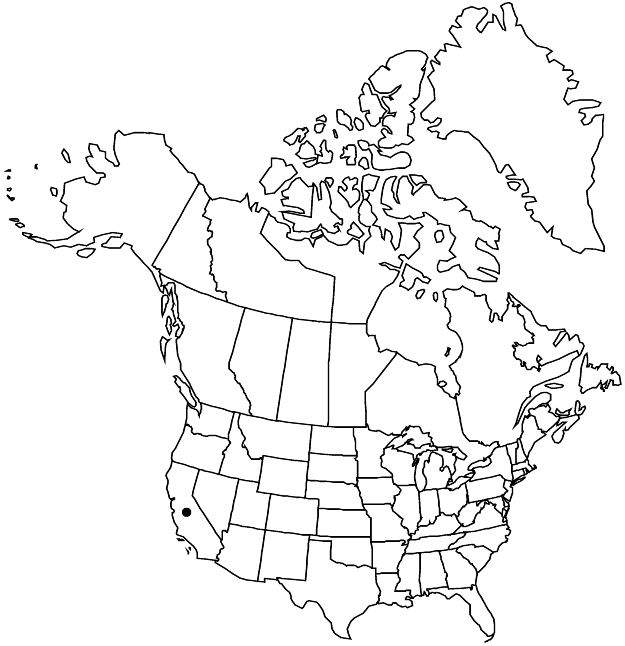Difference between revisions of "Potentilla wheeleri"
Proc. Amer. Acad. Arts 11: 148. 1876.
FNA>Volume Importer |
imported>Volume Importer |
||
| Line 55: | Line 55: | ||
|publication year=1876 | |publication year=1876 | ||
|special status=Endemic | |special status=Endemic | ||
| − | |source xml=https:// | + | |source xml=https://bibilujan@bitbucket.org/aafc-mbb/fna-data-curation.git/src/bb6b7e3a7de7d3b7888a1ad48c7fd8f5c722d8d6/coarse_grained_fna_xml/V9/V9_273.xml |
|subfamily=Rosaceae subfam. Rosoideae | |subfamily=Rosaceae subfam. Rosoideae | ||
|tribe=Rosaceae tribe Potentilleae | |tribe=Rosaceae tribe Potentilleae | ||
Revision as of 00:27, 28 May 2020
Short hairs not well differentiated from long hairs, absent or sparse throughout. Stems 0.2–2.5 dm. Basal leaves palmate, 1.5–9.5 cm; petiole 1–7 cm, long hairs abundant to dense, spreading to appressed, 1–2 mm, weak to stiff, glands ± abundant; leaflets 5, central cuneate-elliptic to obovate, 0.5–2.5 × 0.3–1.5 cm, scarcely to distinctly petiolulate, distal 1/3 of margins evenly incised ± 1/4 to midvein, teeth 2–4(–5) per side, surfaces gray-green, long hairs abundant to dense, 1–1.5 mm, glands ± abundant, sometimes obscured. Inflorescences 1–20-flowered. Pedicels 0.5–1.5 cm. Flowers: epicalyx bractlets lanceolate to ovate-elliptic, 1–3.5 × 1–1.5 mm; hypanthium 2–4 mm diam.; sepals 2–5 mm, apex ± acute; petals ± paler abaxially, bright yellow adaxially, ± obcordate, 3–6 × 2–5 mm; filaments 1–2 mm, anthers 0.5 mm; carpels ca. 20, styles (1.2–)1.5–2 mm. Achenes 1–1.5 mm, lightly rugose.
Phenology: Flowering May–Sep.
Habitat: Sandy flats, streamsides, lake margins, open conifer woodlands, alpine fellfields
Elevation: 1800–3500 m
Discussion
Potentilla wheeleri is found in the southern Sierra Nevada and San Bernardino Mountains of southern California. Compact plants on the summit of Mount San Gorgonio, described by Jepson as var. paupercula, show no consistent difference to justify their taxonomic segregation. Variety viscidula Rydberg has been misapplied to Arizona populations now called P. rhyolitica. Plants identified as P. wheeleri (excluding P. rimicola) from the Sierra San Pedro Mártir (Baja California) stand as a distinct species, P. luteosericea Rydberg (= P. pinetorum Wiggins).
Selected References
None.
